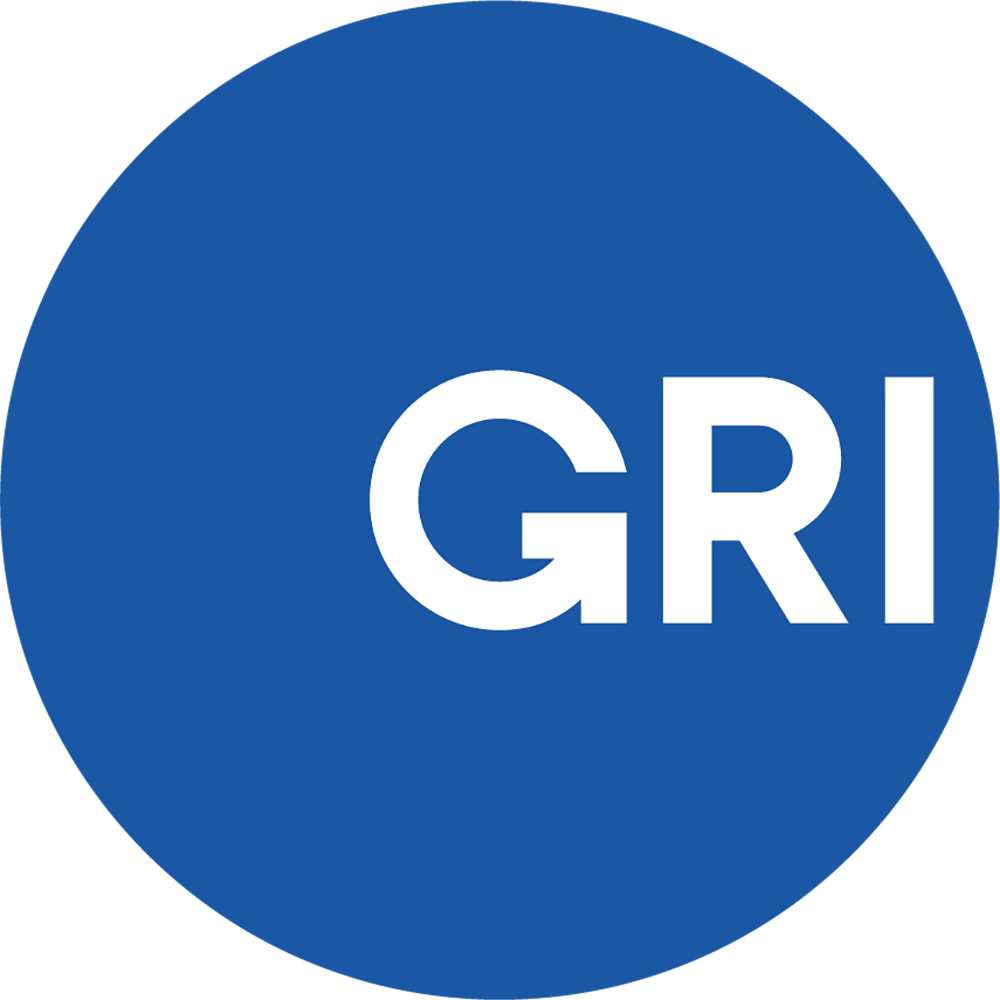What Can Sustainability Reporting Learn From the Evolution of Digital Music?
by Alyson Slater
Jul 9, 2018 2:30 PM ET
Campaign:
Transparency Matters

GRI has introduced its first ever Digital Reporting Tool. It’s a first step in an exciting new direction toward making sustainability data available and accessible in digital format. As we drive innovative formats in corporate sustainability reporting beyond PDFs, what can we learn from the path the music industry took as they evolved from vinyl to CDs to digital streaming?
Sustainability reporting is now common practice among five thousand of the world’s largest companies, and a substatial amount of these companies are reporting in line with the GRI Sustainability Reporting Standards . Despite widespread availability of standardized sustainability reports, the information inside them is thought to be under-utilized by companies themselves and their stakeholders. One reason could be that sustainability disclosures are generally presented in PDF or HTML based reports. This means stakeholders can only view information on a report-by-report basis which can hinder comparison between peers, trend analysis or other interaction that could help leverage reporting as a driver of meaningful change towards sustainability. With increasing demand for sustainability information, and the growing concerns from companies about reporting burden and use of their data by third parties, the move to digital reporting is essential and urgent.
The rip
If vinyl record albums could be likened to hard copy sustainability reports, then Compact Disc’s (CDs) could be likened to PDF reports. Is anyone out there old enough to remember when we had to rip our CDs on to our computers to ‘digitize’ our music collection? It was incredibly liberating! We could mix and match songs and create unique playlists. But it was a labor of love. We had to figure out the software needed, enter each disc into the machine, wait for the extraction process to happen – keeping our eye on that slowly moving progress bar - and then spend uncountable hours curating playlists.
How many hundreds of millions of people spent countless hours doing this, each extracting millions of files from thousands of CDs and then spending hundreds of hours compiling playlists that only they could use, taking up trillions of megabytes of disc space on home computers?
This is where I think we are today in the sustainability reporting data space.
There are literally thousands of data seekers diving – not into CDs – but into the format of choice for sustainability reports – PDFs – trying to extract data either via artificial intelligence (i.e., machine learning algorithms) or natural intelligence (i.e., using student volunteers or people sitting in data centers who don’t necessarily have sustainability expertise).
The good news is that sustainability data is being liberated from the tens of thousands of PDF reports issued over the past two decades. We can now mix and match disclosure level data, line up the reported results from multiple companies of interest and glean some insights. Just like music fans, sustainability data users can access the full PDF report of a company (akin to listening to the whole album by one artist) or they can now access just the specific information points they are interested in, and slice and dice this data any way they like (akin to choosing individual songs and creating unique playlists).
The bad news is that this practice is possibly even more laborious than ripping CDs. The time and costs are high, as can be the level of error. Automated data extraction or human interpretation of masses of sustainability reports is costly. On the upside, there are some great commercial products on the market, but on the downside these are mainly proprietary and not available to wider stakeholder groups such as consumers, civil society, academics, journalists, employees, students and the general public – to whom the original sustainability reports were meant to serve. In terms of accuracy, in the worst-case scenario, this sort of data extraction can result in the wrong information being entered into the wrong field, or information being missed entirely.
Companies that issue PDF reports can find themselves in one of two extreme situations: Either they have not been able to double check or ‘approve’ data for accuracy that has been extracted from their PDFs and is then drawn in to databases for comparison which typically results in some sort of ranking or performance judgement. Or they are over-burdened by requests from those seeking to get their specific data in the form of questionnaires to fill out or double check pre-populated data.
The flow
Let’s fast forward to the state of digital music today. An amazing thing has happened. In less than a decade the CD has become extinct, as has the need for downloading files and curating playlists with the advent of streaming music, and playlist sharing. Market efficiencies have been realized on so many levels, and the value for listeners, artists and commercial service providers has all gone up.
Advancements in technology have certainly played a role in enabling this, but technology was not the make it or break it issue. What was?
- Changing behavior and practice: Music fans had to become comfortable with accessing music differently – not via a physical object they could own like a CD, but via a general subscription to “the cloud”. And artists had to become comfortable with selling their albums in non-traditional ways with non-traditional partners. For some fans and artists this was easy, but others are resistant.
- Changing the commercial business model: This is all possible because of a massive disruption in the market. Old players innovated or died out, new players took leading roles, and the business model behind the music industry has been dramatically changed all so that we can access music anytime, anywhere, from any device.

